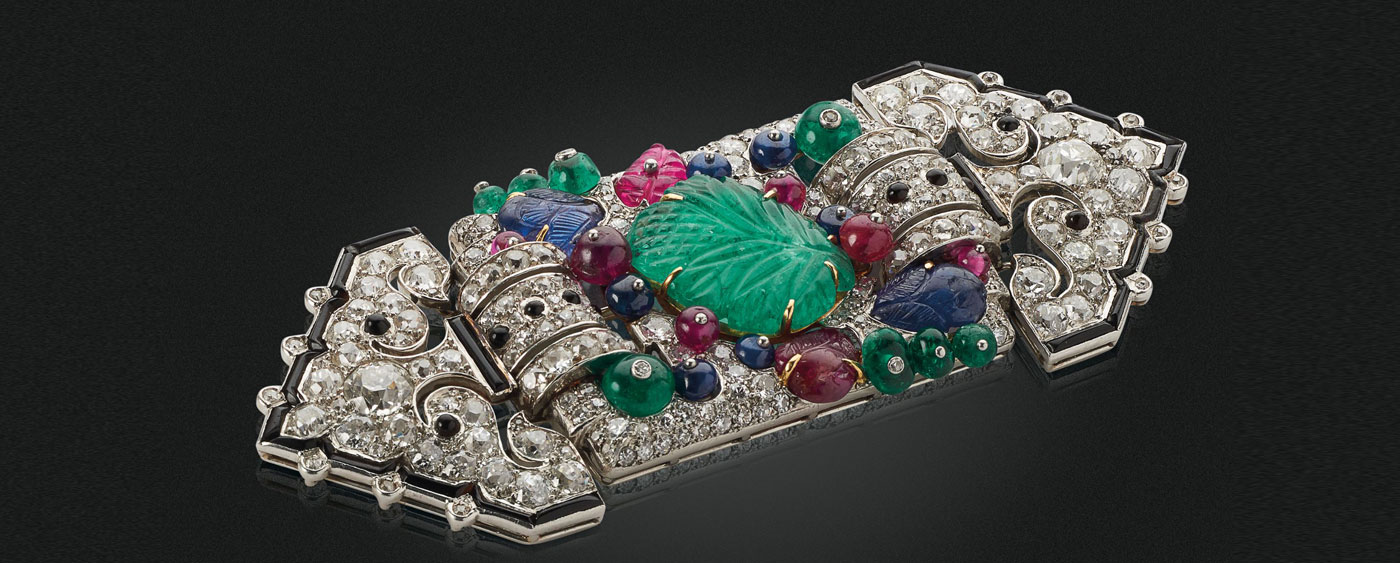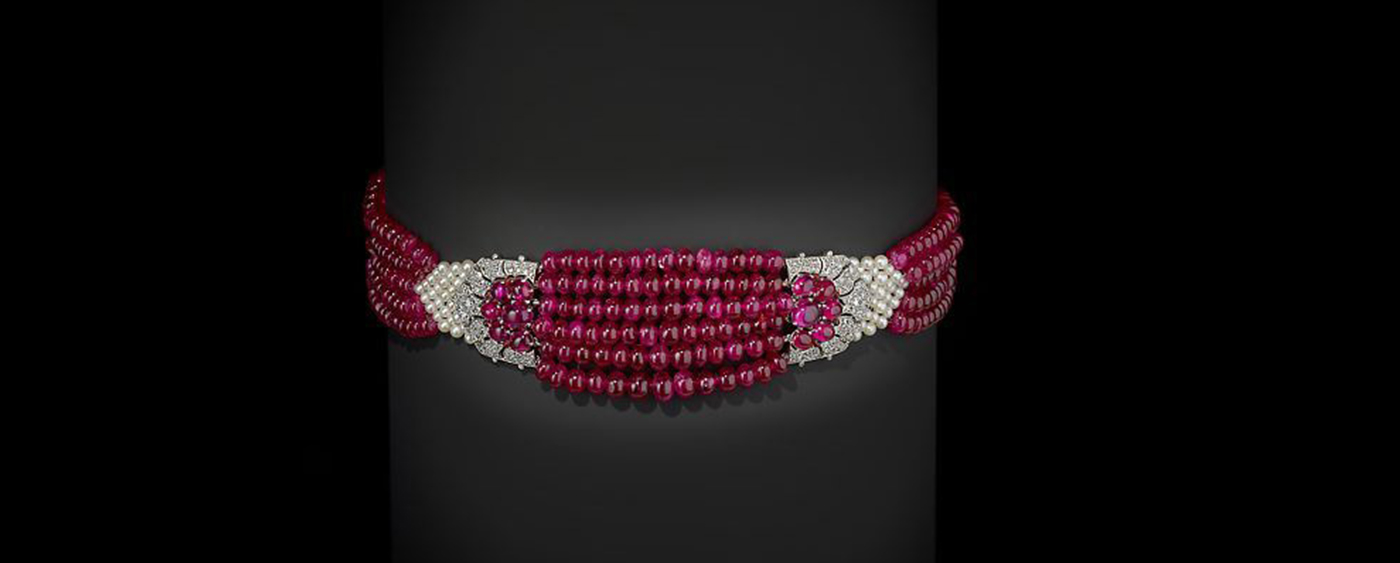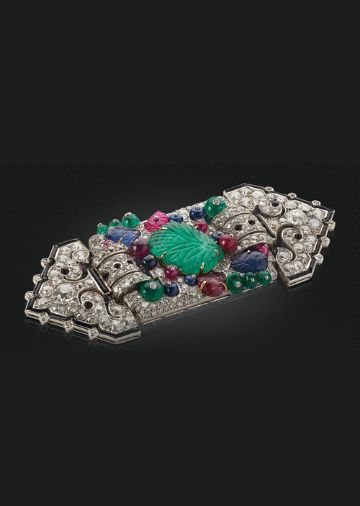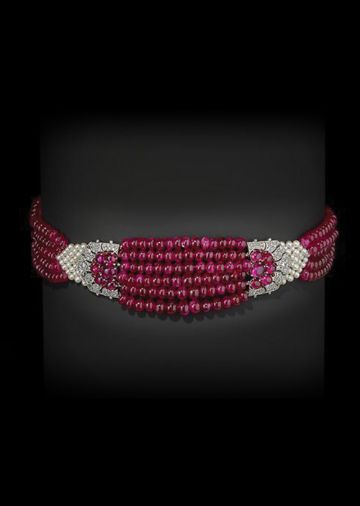
The Bold & The Beautiful
- Jewellery
- |
- 05 June 2020
- Priya Kumari Rana
Art Deco jewellery’s architectural elegance has propelled it into the lists of the world’s most sought-after pieces. Fashioned by Parisian maisons in the 1920s and 1930s, Art Deco jewels quickly became favoured by fashionistas, maharajas, and collectors alike. Christie’s jewellery specialist Marie-Cesile Cisamolo takes us through some of the most valuable pieces to go under the hammer.
It was a flapper’s ultimate accessory. And, trickling into India during the British Raj, it became the style of jewellery most favoured by maharajas and nobility in India. Born in Paris after World War I, bold, colourful, and architectural, Art Deco jewellery epitomized the zest and joie de vivre of the roaring 20s. “It was such a change compared to the previous style (the Belle Epoque style, with its natural, curved forms),” says Marie-Cecile Cisamolo, Christie’s Jewellery Specialist, from Geneva. “Clothes were evolving, hairstyles were getting shorter – women needed new jewels to match their new styles!”
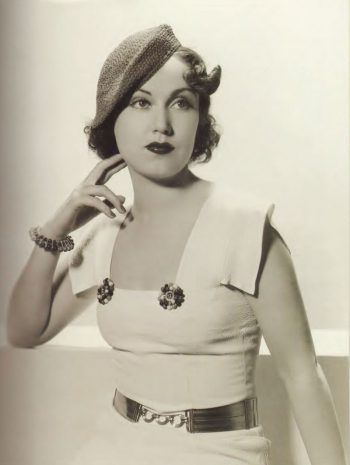 (Art Deco brooches)
(Art Deco brooches)
Some of the very first Art Deco jewels appeared in the 1910s, when the Belle Epoque style was the flavour of the moment. “You can feel the premise of Art Deco in this brooch by Boucheron, that dates to 1911, whose top is very Belle Epoque, but the design is bicoloured, and with straight lines,” says Marie-Cecile. “This is definitely the beginning of Art Deco.” (The brooch sold for CHF 100,000 in the 2015 Geneva Magnificent Jewels sale by Christie’s.) The designers at Cartier, Van Cleef & Arpels, and Chaumet – all Parisian ‘grande’ jewellery maisons – caught on fairly quickly, and started introducing their own creations. And from 1925 onwards, houses like Fouquet, Templier, and Sandoz created pieces in a truly modernist sense. “Paris may have been the epicenter of Art Deco jewellery, but this has been the case for many different arts along centuries,” says Marie-Cecile. “The French have traditionally supported the arts, so Paris became a hub of creativity, and attracted genius from afar, like Leonardo da Vinci, Amadeo Modigliani, Rousseau, and more recently, fashion designer Alexander McQueen.”
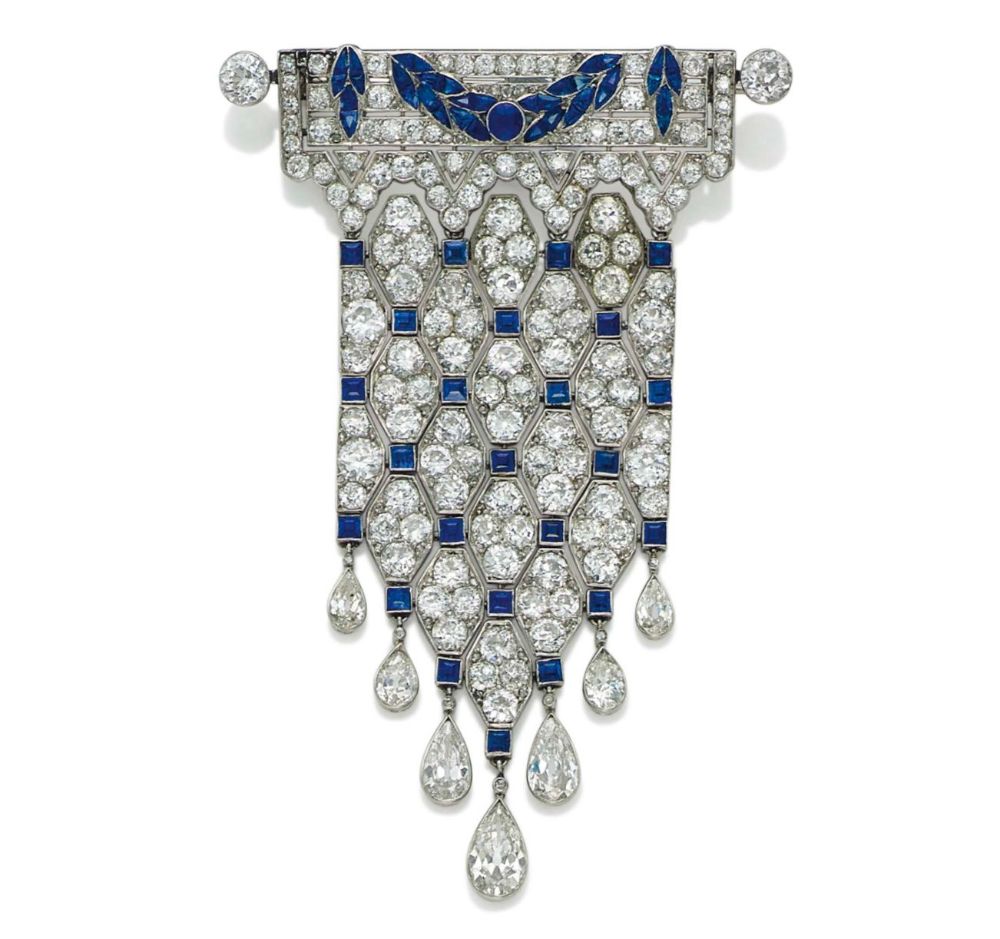 (Brooch by Boucheron, 1911)
(Brooch by Boucheron, 1911)
Cartier’s prolific creations, some of which were specially commissioned for maharajas, caught the eye of the flamboyant Maharaja Bhupinder Singh of Patiala, who, in the mid-1920s onwards, supplied this maison with countless gemstones from his vast treasury, to be reset and redesigned. “He preferred platinum over gold, and requested jewels be made for himself as well as his many wives and concubines,” says Marie-Cecile. “One of the most impressive jewels born out of this collaboration between Cartier and Patiala State was an incredible ruby, natural pearl, and diamond multi-layer necklace.” Worn in a famous portrait of the Maharaja and his many wives and consorts, ‘The Patiala Choker’ as it was called, was made in 1931 and offered for sale in the Maharaja and Mughal Magnificence auction in New York in 2019, is a superb masterpiece of 292 ruby beads and 132 pearls, part of a larger piece commissioned by Maharaja Bhupinder Singh.
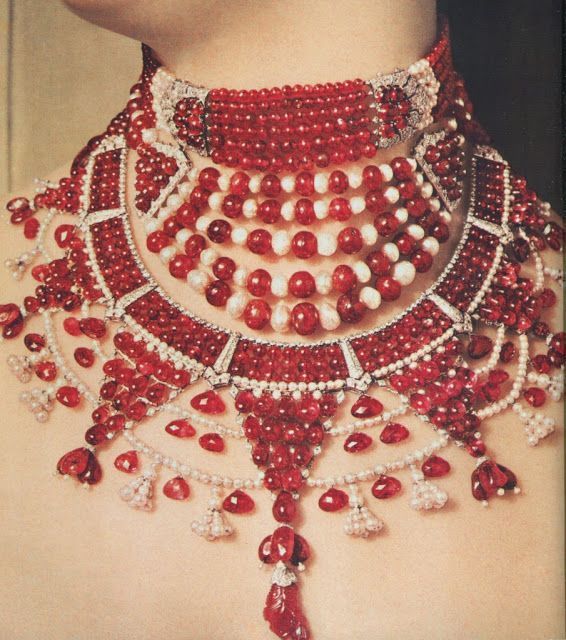 (The bib-shaped ruby necklace commissioned by the Maharaja of Patiala)
(The bib-shaped ruby necklace commissioned by the Maharaja of Patiala)
“As with many jewels from the 1920s and 1930s, the necklace was eventually reset and restyled to adapt to evolving trends,” says Marie-Cecile. “In 2012, the necklace was restored and restrung to its original design by Cartier Tradition. Considered by the firm to be one of the most important necklaces ever made, the ‘Patiala Choker’ represents one of the greatest relationships that developed during this period and truly captures the romance between the East and West in the early part of the 20th century.” Part of the Al Thani collection, it sold for just under $ 1 million at the 2019 Maharajas and Mughal Magnificence sale in New York.
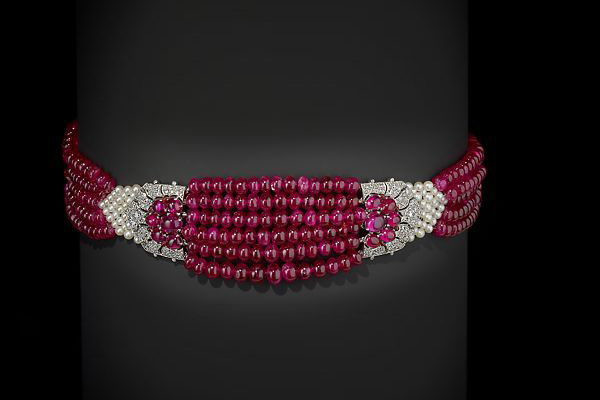 (The Patiala choker auctioned by Christie's)
(The Patiala choker auctioned by Christie's)
Another example of Cartier’s leadership in the Art Deco jewellery movement, would be the Art Deco sapphire, emerald and diamond belt buckle that was featured in Cartier's booth during the International Exhibition of Modern Decorative and Industrial Arts held in Paris in 1925, the exhibition that gave its name to the Art Deco movement. “This belt buckle is a perfect example of Cartier’s wonderful ability to reinterpret inspiration from the East, mixing Indian themes with Western Art Deco style,” says Marie-Cecile. “The belt was designed to complement the chic low-waisted dresses that were in vogue in the 1920s and 1930a, specifically for Sybil Sassoon, Marchioness of Cholmondeley. The Marchioness was the daughter of Sir Edward Sassoon and Baroness Aline de Rothschild. The importance of this belt buckle is demonstrated by the fact that she chose to wear it, alongside her most important jewels, for both the coronation of King George VI in 1937 and the coronation of Queen Elizabeth II in 1953. On both these occasions, she also famously wore the sapphire and diamond tiara and necklace that were originally part of the French Crown jewels.” It was sold during the Al Thani auction as well, for just above $ 1.5 million.
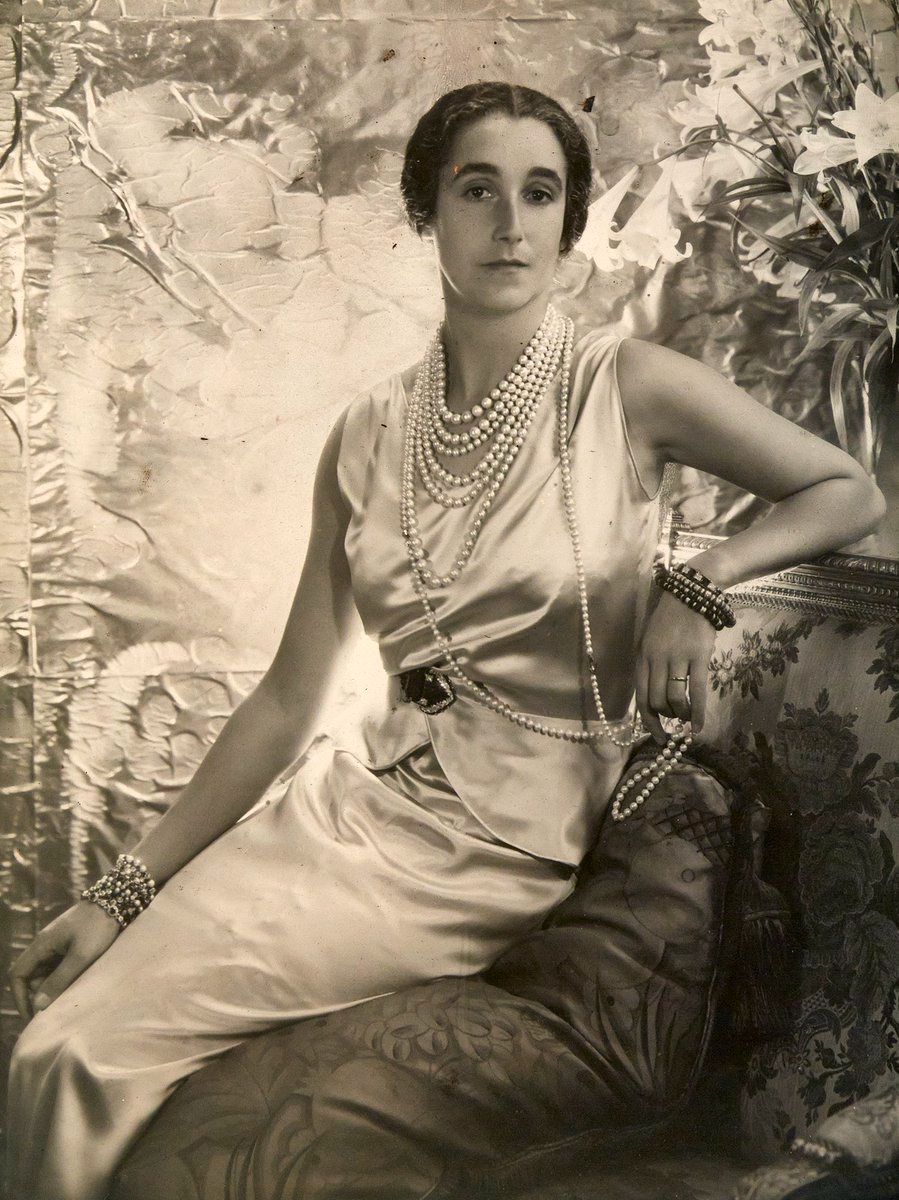 (Art Deco belt buckle worn by Sybil Sassoon)
(Art Deco belt buckle worn by Sybil Sassoon)
But few jewels have captured the imagination and enthusiasm of connoisseurs and collectors as the Tutti Frutti creations by Maison Cartier. “These pieces are directly inspired by the intricate Mughal carvings and craftsmanship found throughout the decorative arts of India from the 16th century onwards,” says Marie-Cecile. “Jacques Cartier was to make his first trip to India in 1911. This visit had a profound effect on the jewels produced by the firm throughout the 1920s and 30s and indirectly affected the entire field of jewellery design which Cartier so strongly influenced. Alongside the rather severe, geometric Art Deco style, mainly executed in diamonds, Cartier produced vibrant Tutti Frutti jewels, full of colour and flowing naturalistic design. Such was the skill of the Cartier workshop at its zenith, incorporating exotic influences into consummately elegant jewels.” And one of the most valuable jewels ever sold by Christie’s was a Tutti Frutti bracelet from the 1930s, this year, in an online auction for $1.3 million, part of its ‘Magnificent Jewels’ auctions.
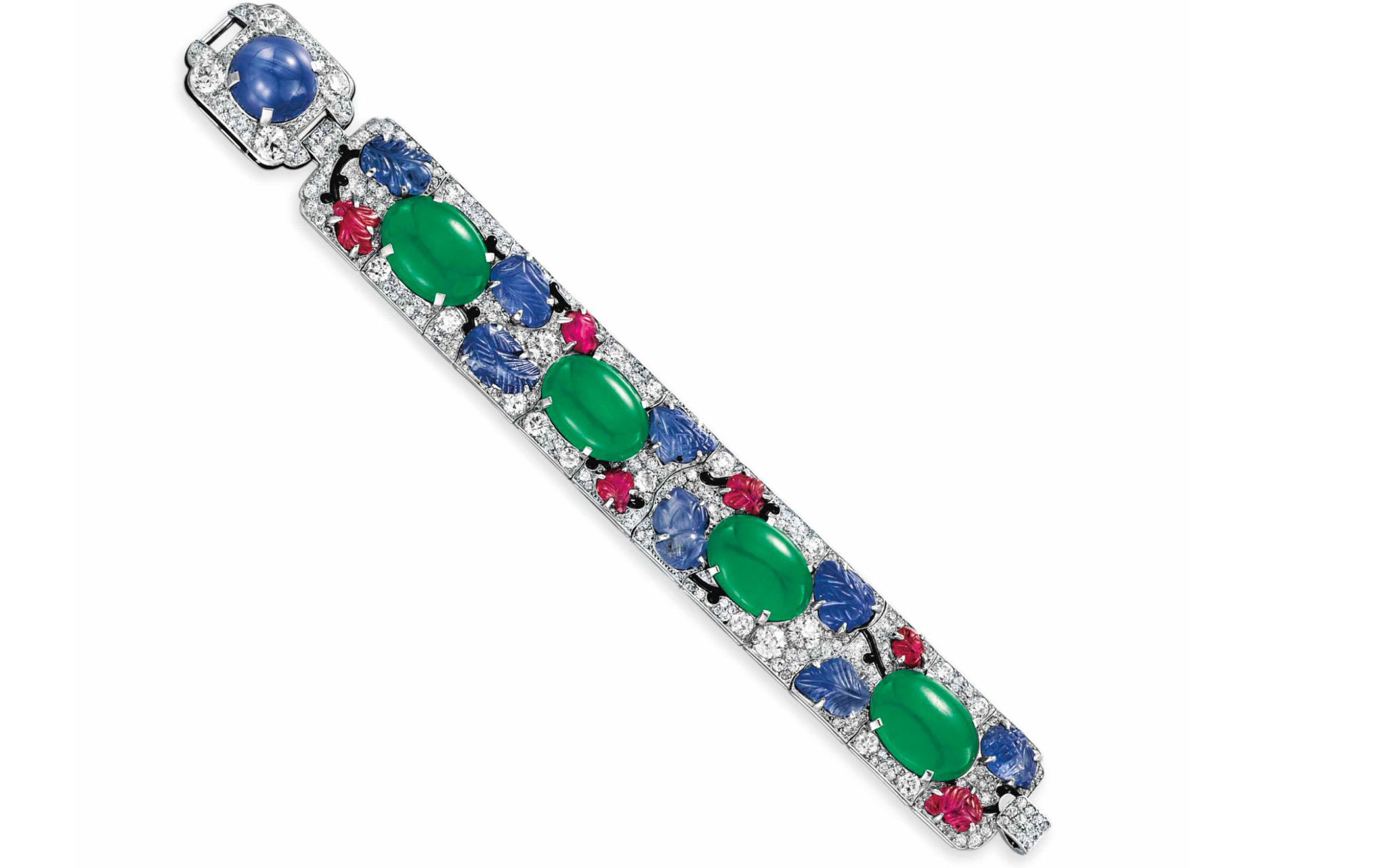 (Tutti Frutti bracelet by Cartier)
(Tutti Frutti bracelet by Cartier)
There’s also a stunning brooch, again in a Cartier Tutti Frutti design, part of the fabled Al Thani jewellery collection, and sold in the 2019 Christie’s Maharajas and Mughal Magnificence sale in New York. All these stunning, one of a kind pieces that belonged to erstwhile royalty, came from the house of Cartier, and from the genius of designers like Charles Jacqueau. “Even though these designers were not allowed to sign their work, Charles Jacqueau is known as one of the masters of Art Deco at Cartier, a true visionary,” says Marie-Cecile.
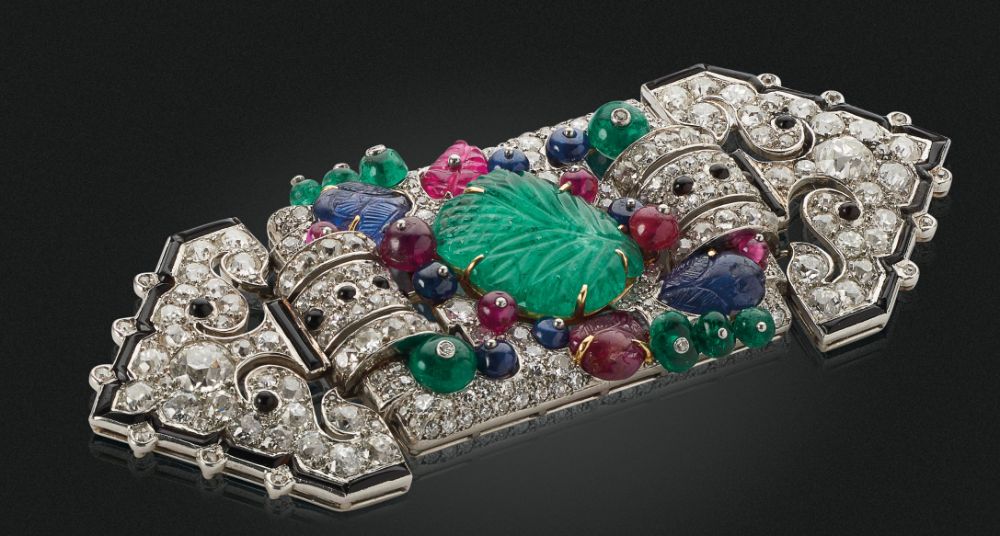 (Tutti Frutti brooch by Cartier, 1930, Al Thani collection)
(Tutti Frutti brooch by Cartier, 1930, Al Thani collection)
Other eye-catching Art Deco pieces include pieces such as a coral, diamond, and enamel ‘fibula’ brooch, by another major proponent of Art Deco, the maison Janesich. “These have been used since antiquity on capes especially; there was a new interest for them during the Art Deco period, they were used on shawls for example,” says Marie-Cecile. “Belt buckles, that have completely fallen out of fashion, were also very popular at the time, and used a lot with the famous low waisted dress that Chanel particularly liked. I think to this day that the brooch is the most versatile of jewels, and I just love it.”
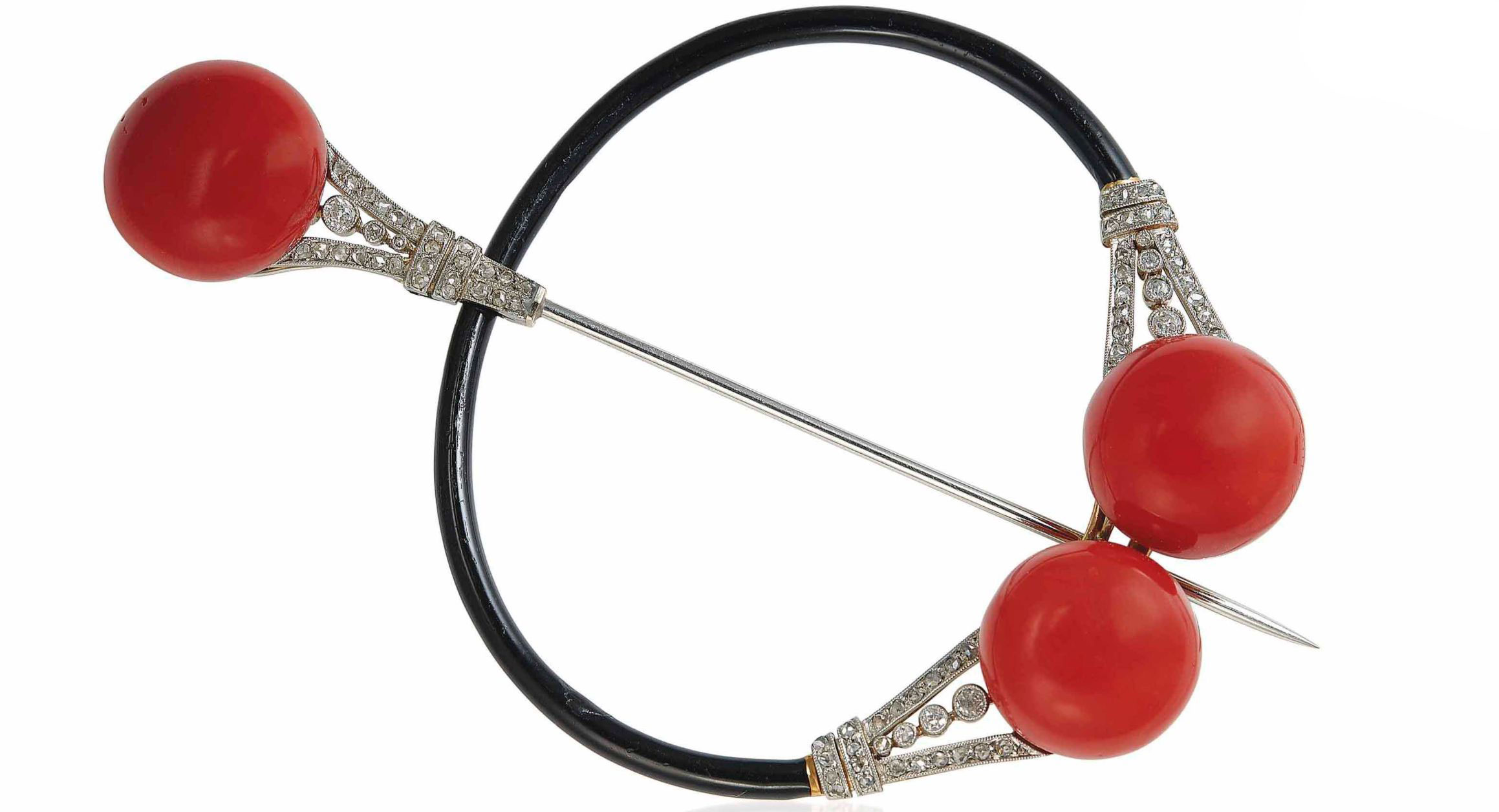 (Fibula brooch by Janesich, 1930s)
(Fibula brooch by Janesich, 1930s)
Besides jewellery, there were compact cases, desk sets with clocks, and cigarette cases that were also fashioned with the Art Deco ethos in mind, inspired by the ornate aesthetics of China, Japan, and even Egypt. “Two pieces come to mind when one speaks of pieces inspired by Asia and Egypt,” says Marie-Ceclie. “One is a large Portique clock, that is the first piece that joined the newly created Cartier Collection, purchased at Christie’s in 1973 by Eric Nussbaum, the creator of the collection. And when we offered his personal collection at auction in may 2017, we had a lovely Egyptian revival vanity case as well.”
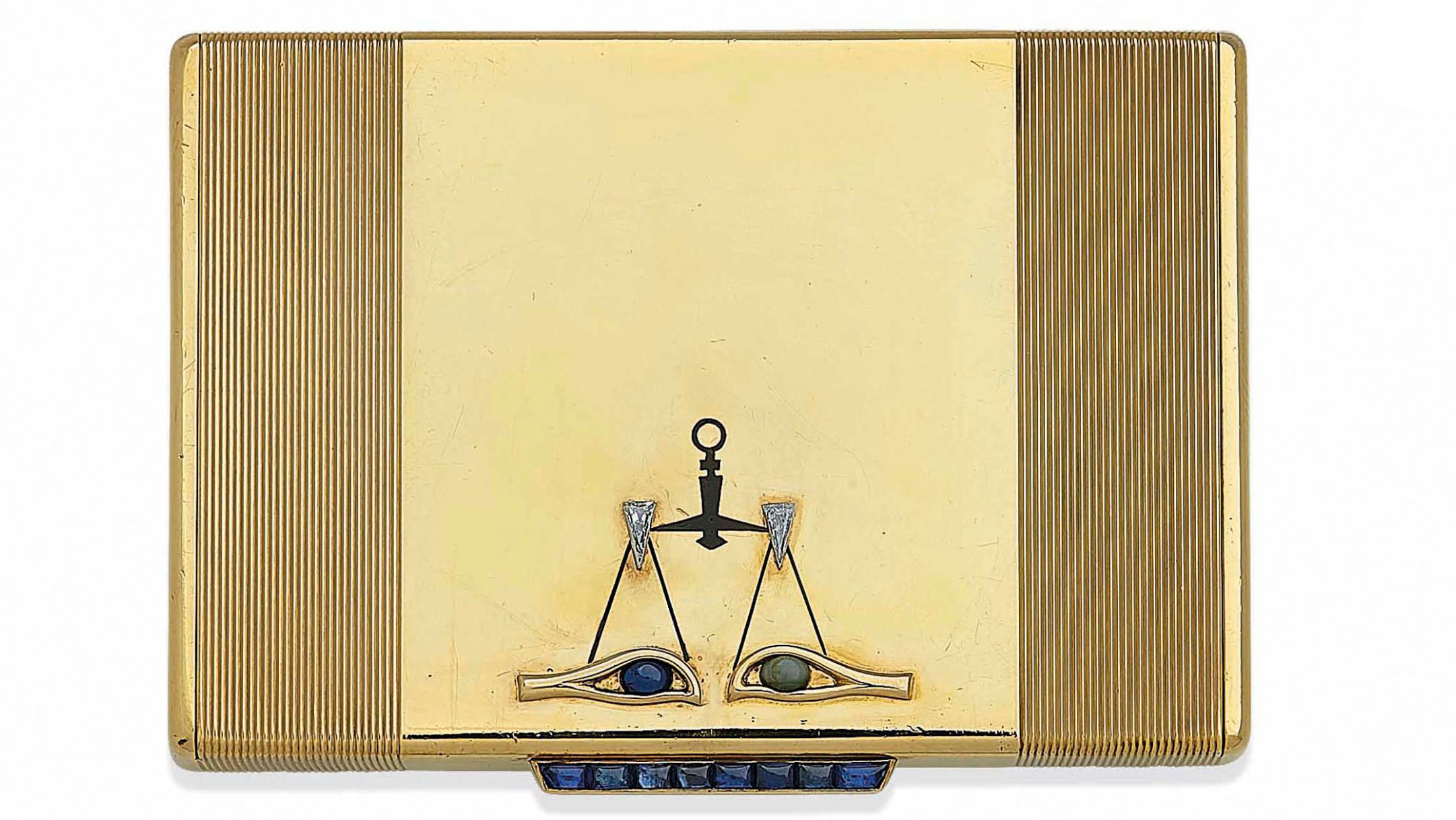 (Egyptian Revival gold compact by Cartier, 1930s)
(Egyptian Revival gold compact by Cartier, 1930s)
Marie-Cecile says that the best-known makers are the ones we know today: Cartier, Boucheron, Van Cleef & Arpels, but also Strauss Allard & Meyer, and Verger Freres for the movements of the watches. They relied on materials inspired by the Far East: coral, turquoise, lapis lazuli, mother-of-pearl, jade, and lacquer.
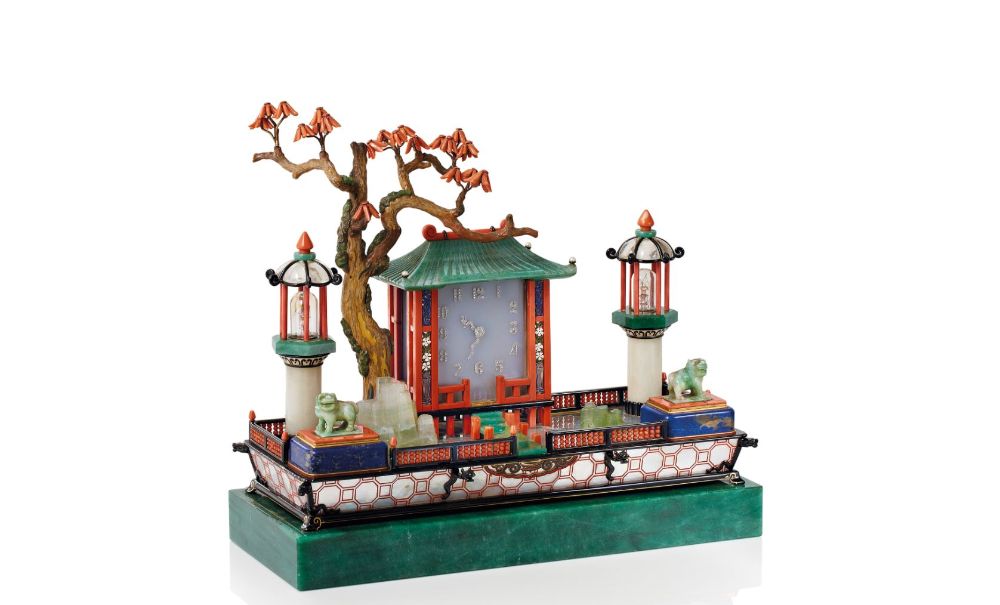 (Art Deco Japanese Garden desk set by Cartier)
(Art Deco Japanese Garden desk set by Cartier)
Architecture and furniture design, too, played a great role in shaping the unique designs rolled out by the purveyors of Art Deco jewellery and objects. “I immediately think of Robert Mallet-Stevens, as he was part of the Union des Artistes Modernes in 1929; as well as Charlotte Perriand and Jean Prouve for furniture,” says Marie-Cecile. “I also think of Le Corbusier, and the Chrysler Building in NYC! But I am a jewellery expert and not an architecture or furniture specialist so…” An example of an architectural piece is the 1925 sapphire step-cut ring by Raymond Templier ring sold by Christie’s in Geneva.
Auction houses like Christie’s are always on the lookout for the best collections. Would the world see another collection of Art Deco jewels come as beautifully together as in the Al Thani collection? “It’s going to be difficult to find a collection as exciting as the Al Thani collection for sure,” says Marie-Cecile. “This was a once in a lifetime opportunity to see together these amazing jewels. We are aware of some amazing Art Deco collections around the world, and of course if they one day decide to sell some or all of their pieces, Christie’s would be honored to hold the auction! Personally I hope that the next amazing art deco jewel we offer will come from someone who has cherished the jewel and worn it for a long time, over generations maybe, and is now willing to separate from it in order to invest in a good cause close to his heart. For me, jewels are very emotional so that would be the best story.”
Marie-Cecile’s passion for Art Deco stems from the fact that it is so “obviously elegant”, and speaks of a time long gone but so attractive… “The more I learned, the more passionate I became,” she says. “First, the elegant clean line creations of the big houses, then the Asian influence arrives and boom… colours everywhere, and fun designs; and then… Egyptian Revival, again an explosion of colours, and new shapes! But what I really admire are the Modernist Deco jewel pieces. Templier, Sandoz, Fouquet, the genius that decided to create some pieces that are still avant-garde today. 100 years later. And that is simply magical.”
FOLLOW US ON INSTAGRAM

Lifestyle Insider is a kind of junction point, connecting people with diverse interests that touch on the more luxurious aspects of lifestyle – fashion, design, travel, food and spirits, art, watches and jewellery, cars, yachts, and aviation, and technology. People today don’t fit into boxes and categories. In our individual ways, we are interested in diverse themes, products, and the challenges that face our world today. You will judge how well this effort of mine caters to your passions and proclivities.
Lifestyle Insider is a showcase of all that is beautiful and luxe. Behind every creation, is a designer, chef, entrepreneur, or a design maison. I have delved into my own appreciation for objetsde luxe that I have admired over the years – be it a love of fashion from the world’s top Parisian and Italian fashion maisons and their ’90s muses, or the care that goes into sari and Indian textile collections in my own family. Growing up on four continents, as the daughter of a former Indian Ambassador, I’ve seen a remarkable array of historic places and met a myriad people. My aim is to bring my world view into this website, a curation of what I find particularly stunning, unique, and newsworthy.
It’s an exciting time for brands all over the world. With change comes opportunity. With the global ‘reset’ and uncertainty on many fronts, there is a chance to write a new script. Let’s be those pioneers.
A bit about me:
A luxury and fashion journalist with 25 years of experience in publishing and magazine journalism, I have edited some of India’s top fashion and luxury magazines. I got my BA in Comparative Literature from UC Berkeley, and went on to receive my Master’s in English and French from the University of Strasbourg, France. I have also studied German and Film. I live in Gurugram, India, and look forward to once again exploring our world with a new-found freedom.
Priya Kumari Rana
Founder and EditorContact Us
Mail us @ lifestyleinsiderindia@gmail.com
